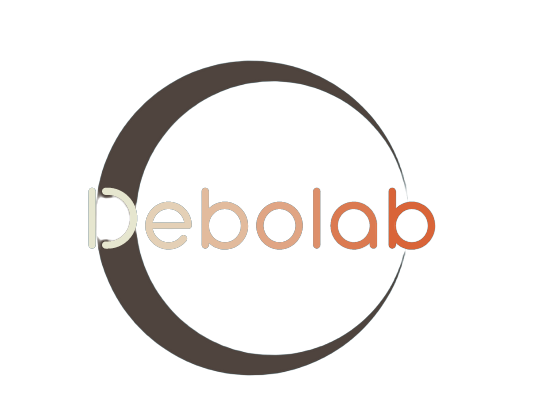
“I wish to write a e book for kids” will get you about so far as saying, “I wish to write fiction” or “I wish to write nonfiction.” It’s a begin, however solely that. There are numerous kinds and genres and age teams to think about, and although you possibly can definitely transfer fluidly amongst them, what you’re going to put in writing proper now wants extra focus.
As you develop your concepts for a kids’s e book, make sure you reply these questions:
1. What do you wish to write about?
Is your e book going to be autobiographical or semiautobiographical? Is it a few pure phenomenon, or a historic occasion, or a social challenge? It’s a few cultural or inventive matter? Write a sentence now not than any of those on this paragraph that summarizes what the e book is about. Or step again even additional and check out a tagline — just like the snappy phrase on a film poster or a e book’s again cowl — that encapsulates the theme. (The tagline for one story I’ve been engaged on is solely “Consider.” One other theme is “Pals don’t hesitate.”)
2. What type will the story take?
Is the e book nonfiction, explaining a scientific idea or exploring a difficulty from the previous or current? Or is it going to be a fictional account of a scientific discovery or a narrative that takes place throughout a major historic occasion or cultural motion? Both type could serve the subject material nicely, however it’s essential to resolve which one this undertaking will take earlier than you develop the narrative.
3. What’s the goal demographic?
“Kids’s books” is a big class. Are you writing for starting readers, elementary college college students, preteens, or adolescents? Will kids of 1 gender or one other be extra more likely to learn your e book? Is it directed towards a sure ethnic group (however written in such a approach that others don’t really feel excluded)? Analysis studying ranges and match your e book’s vocabulary to the supposed age vary.
Resolve who the perfect reader is, and verify your work ceaselessly to ensure you’re specializing in that baby. In the event you repeatedly veer off, don’t attempt to pressure your self to get again on track when it’s clearly not the correct match. Change the goal.
4. What’s my phrase depend?
For very younger kids, image books (usually 28 pages in a 32-page e book with up to some sentences on every web page) are the norm. It is best to be capable to inform your story or account in as little as a number of dozen phrases for preschoolers to as much as a number of hundred for seven- or eight-year-olds. Chapter books — novels for readers this age or barely older, may need as much as a thousand phrases or so.
Preteens can deal with as much as 40,000 phrases or so, and younger youngsters about twice that; books for older adolescents, like these for adults, are sometimes 100,000 phrases or extra.
5. How do I need readers to really feel?
Mainly, consolation younger readers, and problem older ones. For preadolescents of any age, nonfiction mustn’t frighten kids with stark details about environmental disaster, for instance, and fiction mustn’t expose them to sad or uncomfortable circumstances. The violence and turmoil of the sort present in fairy tales and myths is appropriate, however real-life mayhem is off limits.
Youngsters, alternatively, are coming to grips with actuality and may kind of deal with extra adult-themed supplies so long as it’s not express or bleak. Psychological points, familial and societal friction, and different mature themes are acceptable when dealt with evenhandedly. Even books for adolescents, nonetheless, ought to have upbeat conclusions. (Comeuppance for villains or reprobates is okay, however sympathetic characters, whereas they need to be given obstacles and ordeals to beat and may expertise bodily and psychological ache, ought to emerge from the story intact.)

